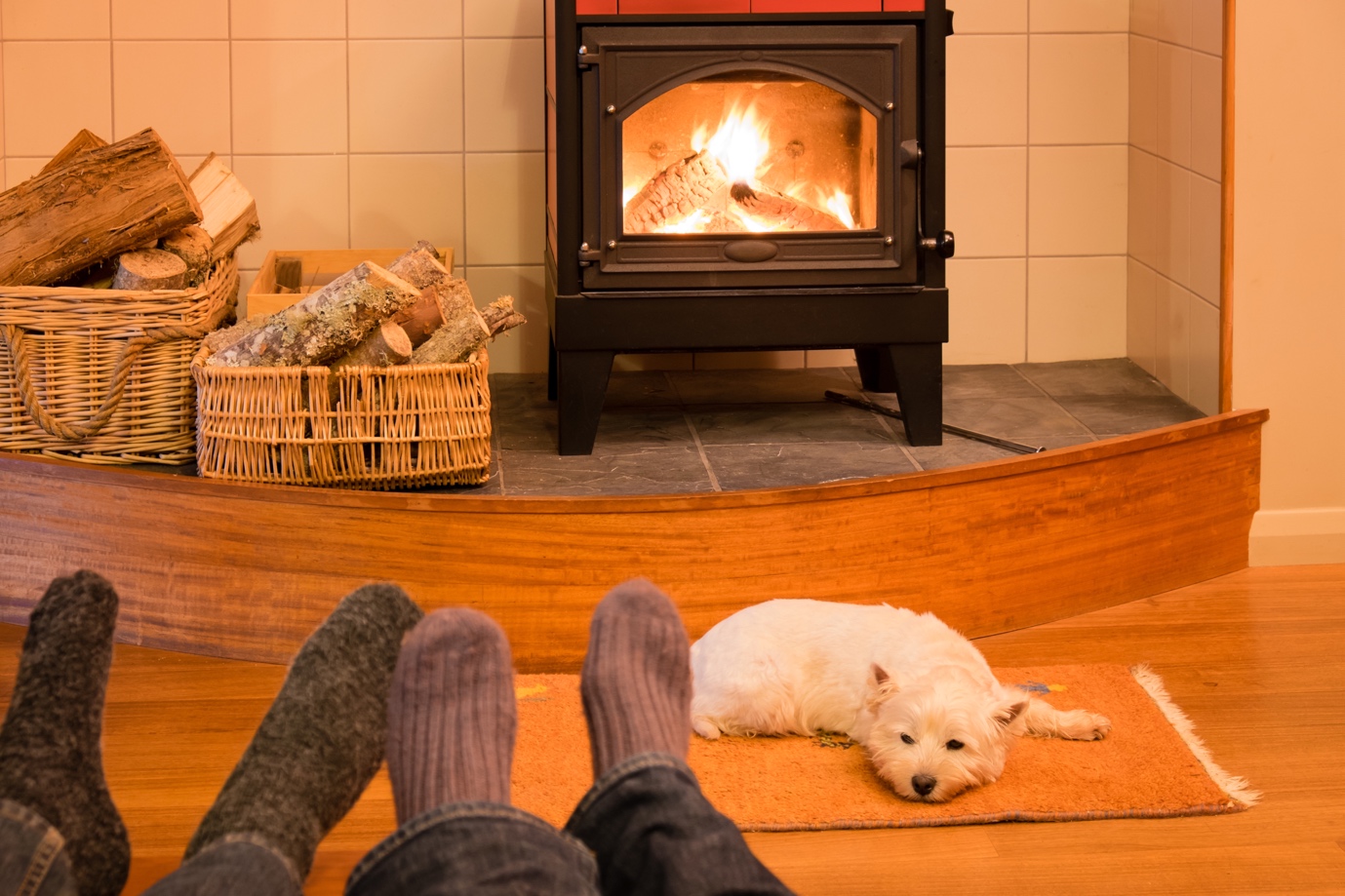THE STAIRCASE TREND YOU NEED TO KNOW ABOUT FOR 2023

Research from Neville Johnson reveals 36% of UK homeowners now favour a contemporary American style staircase over a classic design
A staircase is much more than simply a connection between floors, it’s the grand introduction to our homes – so, ensuring you’re creating a stylish and sophisticated focal point for the entrance to your living space is key to guaranteeing an elegant first impression.
According to recent research by renovation experts, Neville Johnson, nearly one in three (31%) Brit homeowners have admitted to feeling embarrassed of their staircase when hosting to friends and family.
So, as the new year approaches, make sure to avoid ‘staircase embarrassment’ by giving your entrance an opulent makeover.
Premium fitted furniture and bespoke staircase brand, Neville Johnson, has revealed the next staircase trend which is expected to be everywhere in 2023 – contemporary American.
When selecting a preferred style of staircase, over a third (36%) of UK homeowners opted for a contemporary monochrome style, more than double of those who chose glass (17%) and dark oak options (7%), proving the American look and feel is on the rise when it comes to our home and interiors preferences.
Boston Newel Staircase
Bringing a contemporary twist on a traditional design, Neville Johnson’s painted staircase, launched earlier this year, features the brand’s expertly handcrafted Boston newel posts, and offers that American style trend, which also encapsulates that Sex and the City interior vibe.
Uniquely ornate, the monochrome staircase has been paired with a treble cluster of Neville Johnson’s bespoke Cherwell spindle. Painted in Sorrel white and finished with Jacobean Oak, this design is a fine example of how a staircase can transform your home.
Neville Johnson’s Staircase Designer, Gareth Betts, said: “A bespoke staircase renovation has the power to transform your home. Using the structure of an existing staircase as a base, outstanding results can be achieved without the need for additional building work.
“An important part of any renovation is to ensure you’re aware of the key glossary of terms that will help you to identify the elements of the home that can be transformed.”
Gareth Betts, who also has 21 years’ experience when it comes to interior design and renovation, has shared his expert glossary of terms to ensure a seamless staircase renovation:
A newel post is a structural element that extends below the floor and subfloor and is bolted to the floor joist.
The string is the structural member that supports the treads and risers in standard staircases.
The baserail sits on your string and has a groove which accepts the spindles. Should you want a cut string staircase, there would be no need for a baserail as the spindles enter the treads.
The balustrade is the railing and baluster that prevents you from falling over the edge. It’s also the collective name for the complete assembly of handrails, including spindles and newel posts. These can be highly decorative; turned, carved, forged, or even replaced by wooden or glass panels. They sit between the handrail and stairs and are also known as balusters.
The risers are the vertical portion between each tread on the stair. In open plan properties, this section can be missing.






